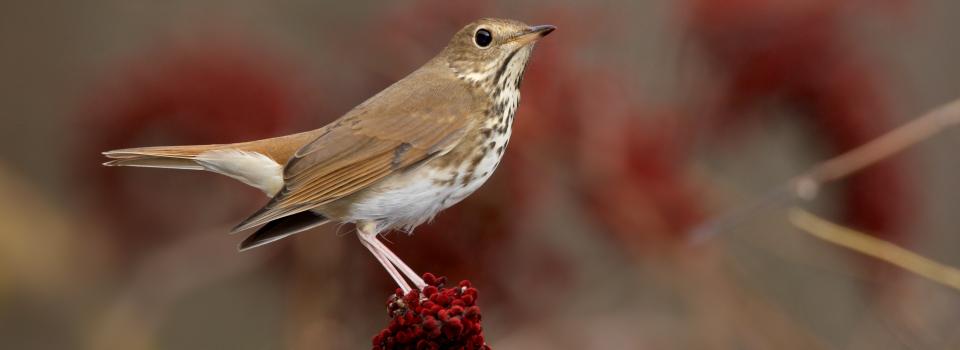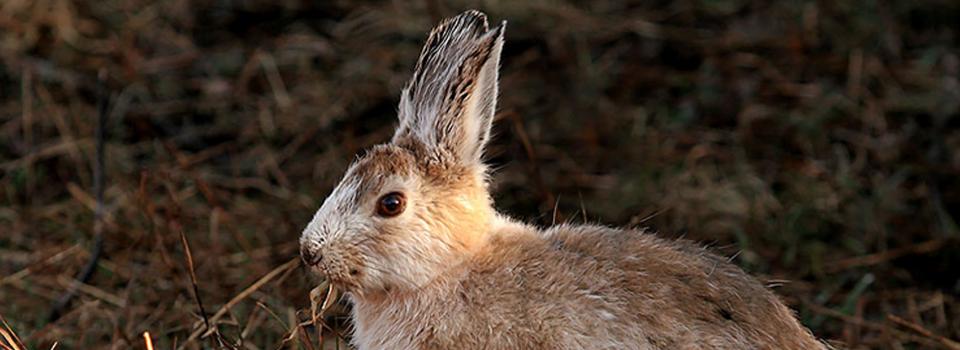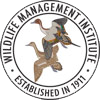
Hermit Thrush
Photo by: Robert Royse

Box Turtle
Photo by: Jonathan Mays

Snowshoe Hare
Photo by: Mike Hodgson

Timber Rattlesnake
Photo by: Kelly Wiley

Gray Seal
Photo by: Jonathan Mays








This study uses genetic data to identify genetic diversity across the study area (Maine to Virginia), to identify the number of populations in the study area and determine the success of genetic assignment of individuals to sites of origin. Tissue samples were collected as blood, tail tips, toenails and shell shavings or scutes from 1,895 Wood Turtles. Tissue samples were genotyped at 16 microsatellite markers for 1,244 individuals. Genetic data were analyzed for genetic diversity, genetic clustering, full siblings, and genetic assignment. The Bayesian genetic clustering analysis indicated that there are likely 3 to 5 clusters with 4 clusters providing the most optimal clustering pattern in the data set. The major population groups identified were northern ME, Potomac, coastal MA and NJ/NY. Sites in PA and NH showed admixture with the neighboring clusters. The results indicate that clear genetic differences among populations (or subpopulations) are detectable across the study area. The Bayesian clustering analysis indicate that an island stepping-stone model describes the population genetic structure where sites are exchanging individuals with neighboring sites creating a gradation of genetic structure over the study area.
Name: Lisabeth Willey
Title: Conservation Biologist
Organization: Antioch University New England

© 2020 A Wildlife Management Institute Project